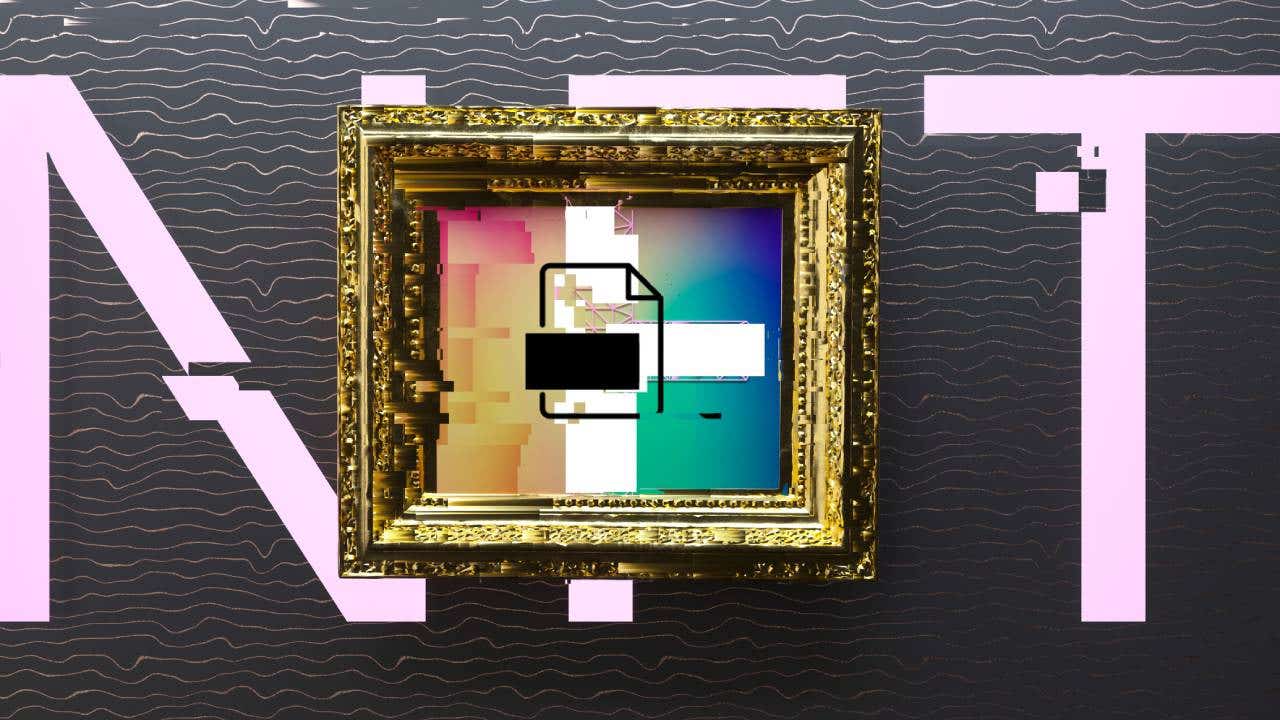How to create a non-fungible token (NFT)

In recent years non-fungible tokens, or NFTs, have been all the rage, with endorsements of NFT digital art coming from celebrities and tech moguls alike. While the hype that propelled jaw-dropping multi-million-dollar price tags for seemingly simple art assets — such as Cryptopunks or Bored Ape Yacht Club — has started to wane, NFTs seem here to stay, albeit at lower price points.
If you’re newer to the crypto scene and still learning the lingo, NFTs are a type of digital asset that uses blockchain technology to verify ownership and authenticity. NFTs have been used to sell everything from digital art to tweets for millions of dollars. While NFTs might seem complicated, it’s possible to make your own in a handful of steps.
Here’s how to get started creating your own NTF.
1. Create your art or other unique digital assets
The first step in creating an NFT is to choose what content you want to turn into an NFT. The content should be something you created and/or that you own the rights to, if you intend on selling the ownership of the digital asset.
Your potential NFT can be anything from a piece of digital art to a video, photograph or music file. The options are endless with NFTs. If the asset can be turned into a digital file format, there’s a high probability you can create an NFT from it.
2. Choose a blockchain and set up a wallet
Next you’ll need to pick a blockchain and buy some cryptocurrency, since minting an NFT – writing the NFT onto the blockchain – requires cryptocurrency for fees. Ethereum is a popular blockchain for NFTs and its cryptocurrency is widely accepted. However, you may be able to pass some of the fees off onto the buyer in a process called “lazy minting,” which is covered in the FAQs section below.
Marketplaces require a wallet connection before you can upload and create an NFT, so you’ll also have to set up a wallet for your cryptocurrency. NFT marketplaces, such as OpenSea, typically collect a percentage of the sale price. Popular wallets include Coinbase, Ledger, MetaMask and Glow.
3. Upload your NFT to a marketplace and add details
Once you’ve chosen your content, blockchain platform and NFT marketplace, it’s time to create your NFT.
Most marketplaces have an option to “create” an NFT. This is where you’ll upload the digital file. Supported file types typically include popular formats such as JPG, PNG, GIF and MP4. Next you’ll name and write a description of the item and specify a blockchain for the NFT.
4. Select a sales format and price
After you’ve created your NFT, you’ll need to set a price for it. The price can be set in any currency, but most NFTs are sold in the cryptocurrencies Ethereum and Binance Coin. You’ll also have to decide between an auction or a fixed-price sale for your NFT.
Your fees for listing an NFT depend on a few things. On some marketplaces, the type of sales format impacts the fees.
- OpenSea, for instance, charges gas fees (the fees associated with writing your NFT onto the blockchain) to the buyer when the NFT is listed with a fixed price.
- For auctions, on the other hand, the seller pays gas fees when they accept an offer.
- And for auction listings that sell to the highest bidder with a reserve price, OpenSea pays the gas fees.
Seller fees are paid through the crypto wallet connected with the marketplace.
It’s important to note that as a seller, you may pay transaction fees, such as the marketplace fee for selling your NFT and commission fees, and will be responsible for paying taxes on any gains from the sale of NFTs.
FAQs
Editorial Disclaimer: All investors are advised to conduct their own independent research into investment strategies before making an investment decision. In addition, investors are advised that past investment product performance is no guarantee of future price appreciation.






